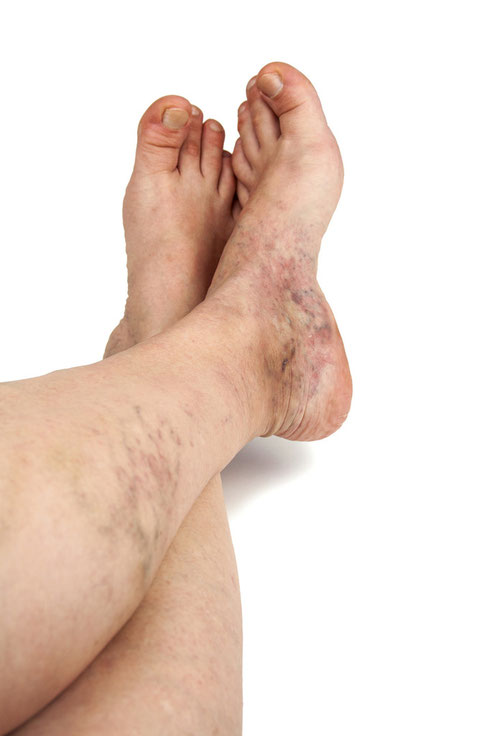- Home
- Why Truffles?
- Blog
- You Can't Run from Vein Disease
- VenaSeal
- Summer is Almost Over
- IDK about Vein Disease
- Vein Treatment Fayetteville
- Sonography to RN Degree Program
- Vein Testing Differences
- Advantage of Vein Treatment Before Knee Surgery
- Poor Medical Advice
- Green Tomatoes for Varicose Veins
- VenaSeal Treatment Atlanta
- Fake News
- Iliac Vein Compression
- Vein Treatment
- DVT
- Pelvic Health
- Sclerotherapy
- leg swelling
- Reviews
- The Vein Specialists
- Vein Treatments
- What is Vein Disease
- Vein Conditions
- Vascular Testing
- Look and Feel Your Best!
- Reviews
- Media
- Contact Us
- Schedule and Appointment
- Free Vein Screening
- Give Us Feedback
- Referral Resources
- Make a Payment
Leg Pigmentation

High pressure in the veins of the legs is called Chronic Venous Hypertension. Chronic venous hypertension may be due to venous insufficiency, a condition where the blood leaks downward due to the effect of gravity through leaky one-way valves. Chronic venous hypertension may also be due to obstruction in the veins because of obesity, previousvenous thrombosis (clotting), or compression of abdominal or pelvic veins.
Symptoms of chronic venous hypertension may include swelling, pain, tenderness, venous stasis skin changes, or venous leg ulcers. Diagnostic evaluation includes lower extremity venous color duplex ultrasound and sometimes other imaging such as CT or MRI scans specially performed to evaluate the veins of the legs, pelvis, or abdomen. The proper treatment depends on the clinical, imaging, and venous flow testing results and may include many of the procedures reviewed on this website.
